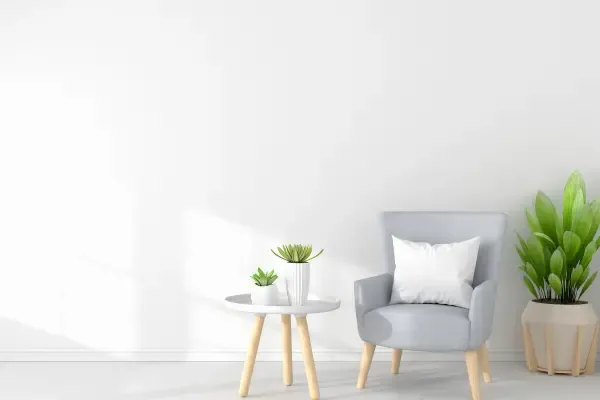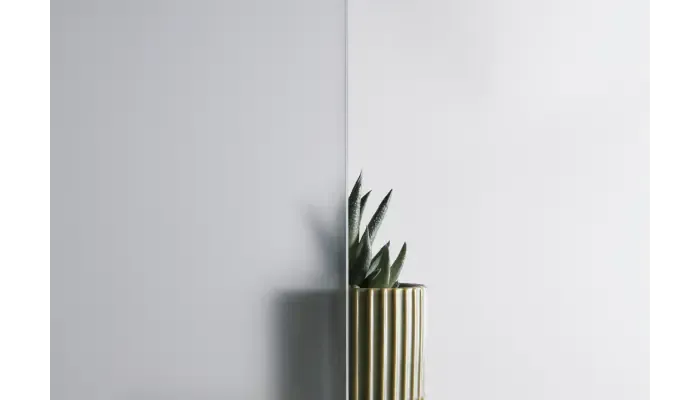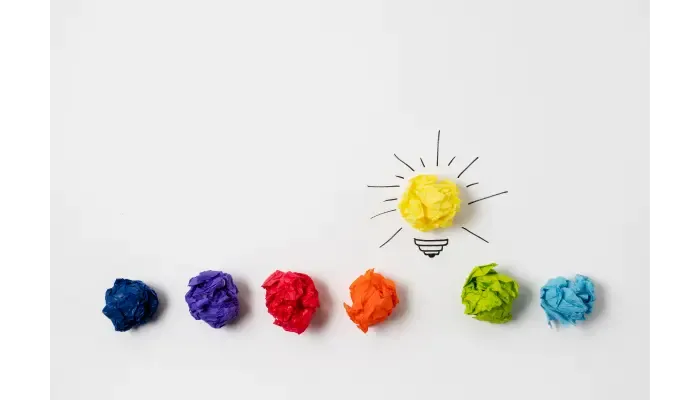In the world of web and app design, 'minimalism' has become more than just a buzzword—it's a philosophy many designers swear by.
But is it always the best approach?
Let’s dive into the challenges of minimalism and consider when maximalism might be a better fit.

The Essence of Minimalism in Design
Minimalism in design is all about simplicity and focusing on the essentials. It’s like decluttering your website or app to highlight what’s important.
This style gained popularity because it helps users navigate easily without getting distracted by too many elements.
Discover the essence of minimalist design with Peter Allinson, Head of Design at UKTV. Dive deep into the philosophy of simplicity, explore captivating color palettes, and uncover the principles that drive minimalist aesthetics. Join us for an insightful session on how minimalist design can transform your space and mindset.
But does minimalism always capture the user’s attention and interest?
Could maximalism's richer, more vibrant approach be more effective in some scenarios?
The Flip Side of Simplicity: Minimalism Challenges

- Lack of Emotional Connection: Minimalist design, often characterized by clean lines and monochromatic color schemes, can create an impersonal or sterile ambiance.
This risks making websites and apps forgettable, potentially failing to establish a strong, emotionally resonant brand identity. - Over-Simplification and Loss of Functionality: Striving for a minimalist aesthetic can lead to the oversimplification of interfaces, potentially removing essential features or information.
This compromise in functionality can result in a frustrating user experience, where the ease of use is sacrificed for the sake of design. - Accessibility Concerns: The subtle color contrasts and simplistic icons common in minimalist design may pose challenges for users with visual impairments or cognitive difficulties.
Such design choices risk excluding a diverse user base, undermining the inclusivity of the digital platform. - Limited Scope for Brand Expression: The constraints of minimalist design can restrict the ways a brand expresses its unique identity and values.
This limitation can hinder brands from fully conveying their story or personality, reducing opportunities for deeper emotional engagement with their audience. - Misalignment with User Expectations: Users often have preconceived expectations based on their previous digital experiences. A minimalist design that significantly alters familiar layouts or interactions may confuse and frustrate users, potentially increasing the learning curve and leading to higher bounce rates.
Strategies for Tackling Minimalism's Challenges

1. Integrate Personalized Design Elements
Inject unique and interactive features that resonate with your brand’s personality, making the design not only minimalist but also memorable and emotionally engaging.
2. Maintain Functional Simplicity
Ensure that essential features are accessible without sacrificing usability, creating a balance between a clean aesthetic and practical functionality.
3. Enhance Accessibility
Employ effective color contrasts and text labels, adhering to accessibility standards to make your design user-friendly for a diverse audience.
4. Streamline Navigation
Design navigation that is intuitive and straightforward, avoiding cryptic icons or hidden menus to improve user experience and information accessibility.
5. Implement Data-Driven Design
Regularly update your design based on user feedback and analytics, ensuring it remains both aesthetically pleasing and functionally relevant.

Balancing Minimalism and Maximalism

Balancing minimalism and maximalism in design involves seamlessly integrating the clean, functional aspects of minimalism with the bold, expressive features of maximalism.
The aim is to create a user experience that is both intuitively navigable and visually engaging, ensuring functionality without sacrificing aesthetic appeal.
Conclusion
In web and app design, there's no one-size-fits-all.
While minimalism offers clarity and ease of use, maximalism brings excitement and vibrancy.
Understanding your audience and the purpose of your design is crucial in choosing the right approach. It's about striking the perfect balance for your specific needs and goals.
Frequently Asked Questions on Minimalism
Question1: Is minimalism suitable for all design projects?
Answer: While versatile, minimalism may not be the best fit for every project. Its suitability depends on the project’s goals and context.
Question 2: Is minimalism a trend or a timeless design approach?
Answer: While trendy, minimalism is also considered timeless due to its enduring focus on usability and simplicity.
Question 3: Can minimalism and maximalism be balanced in design?
Answer: Yes, balancing minimalism and maximalism involves combining the simplicity of minimalism with the expressiveness of maximalism to enhance user experience.
Question 4: Can minimalism and maximalism blend in design?
Answer: Yes, some designers successfully combine elements of both to create unique, balanced aesthetics.

